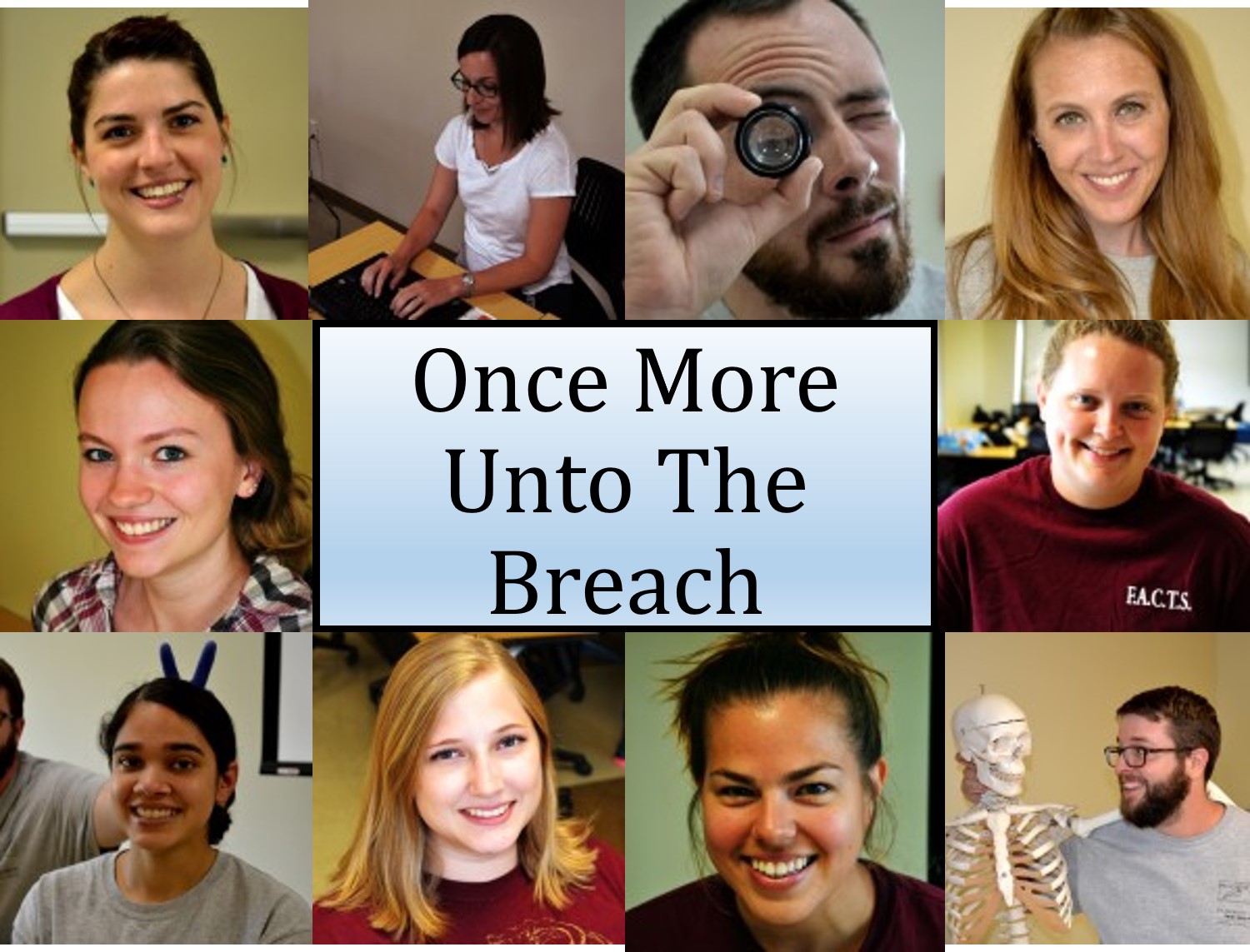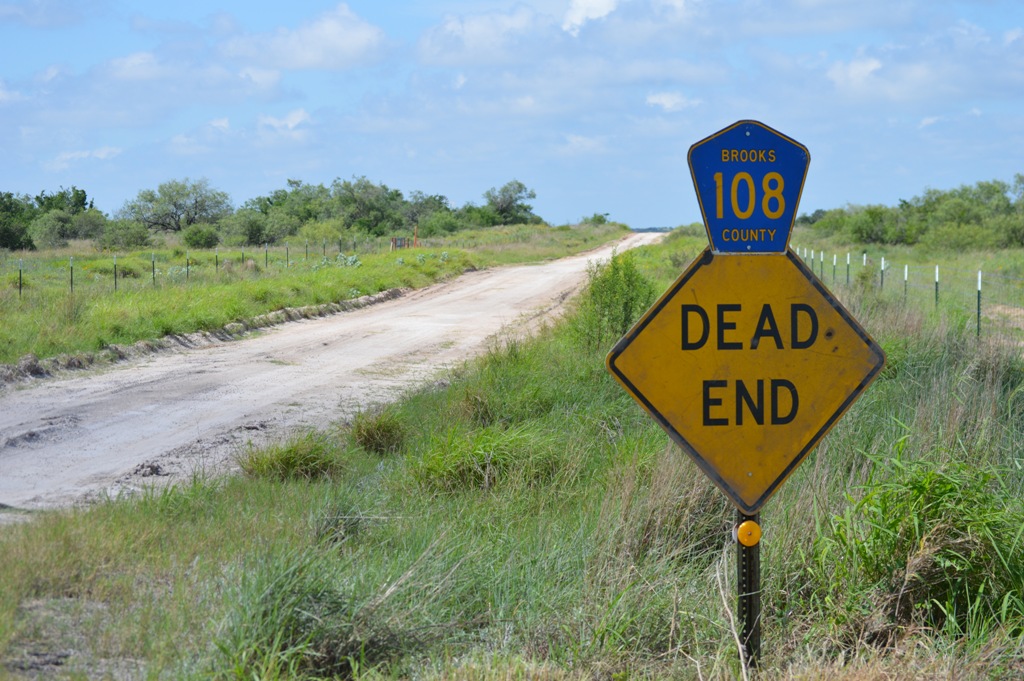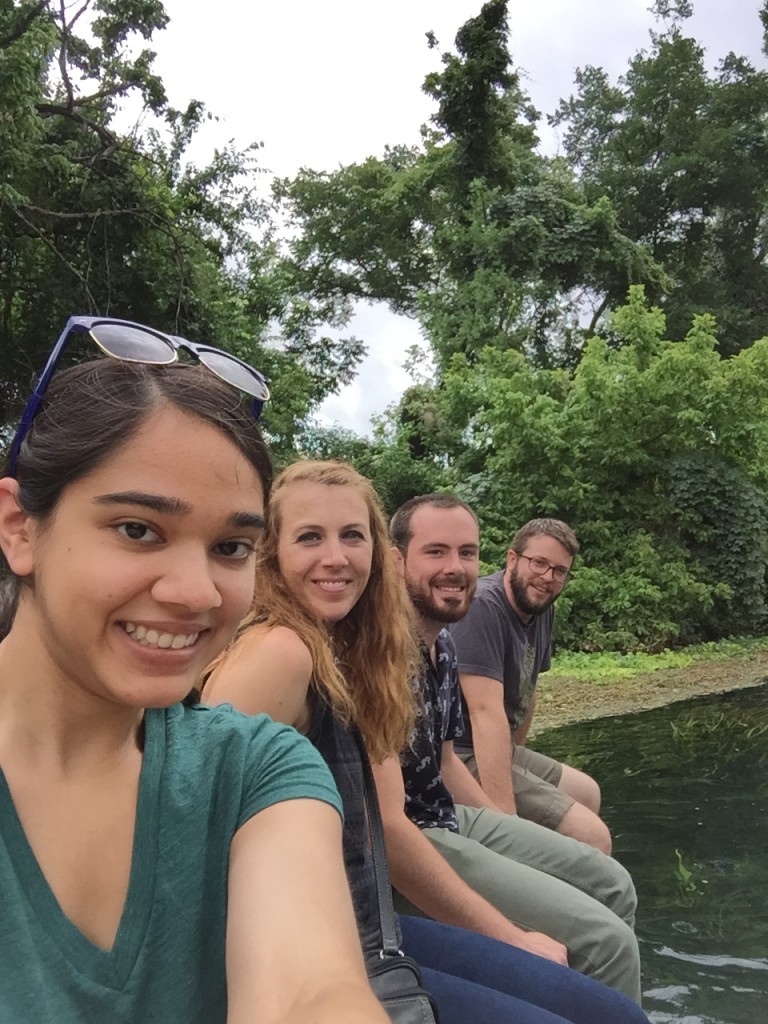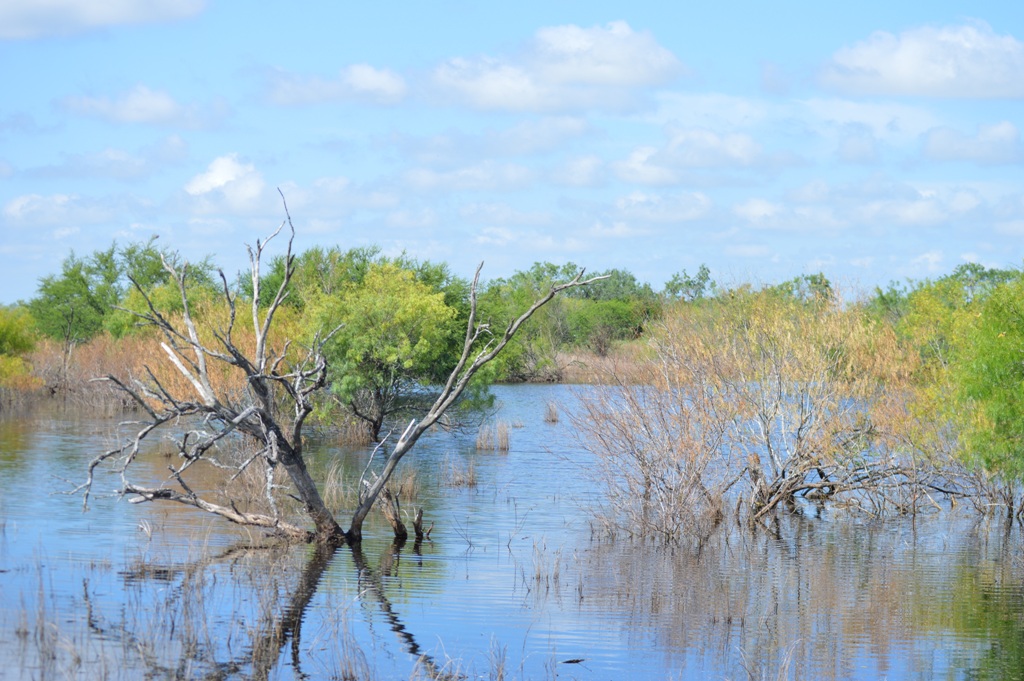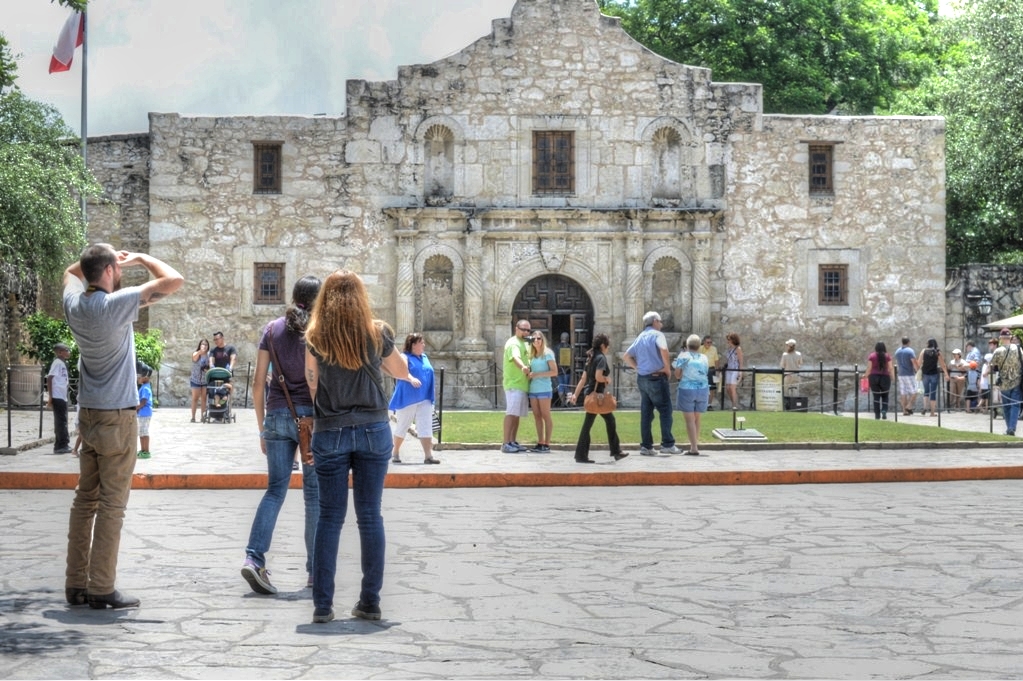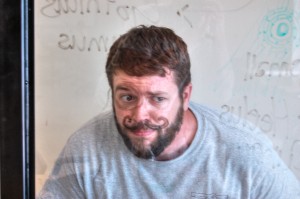I have been given the extraordinary privilege of travelling back to Texas with the University of Indianapolis team. Once again, I must prepare myself for the trip. Some of the preparations are simple. Packing is easy. I do it the day we leave, so I usually only forget a couple of items. Coordinating travel and hotels is effortless, mostly because Dr. Latham does all of that work (so I literally put in no effort, Thanks Krista!). For me, the difficult part is preparing my mind for the journey. It is a strange mix of emotionally taxing and immensely gratifying. In order to plan, first I need to know what we’re up against.
Even with Dr. Latham’s meticulous planning, much of our agenda in Texas is up in the air. This is an intentional decision that allows our schedule to be fluid and adapt to whatever circumstances arise. The first leg of our journey this year will take us to Texas State to assist with the cleaning and analysis of the remains that we helped excavate over the previous years. I really look forward this part. Over the last couple of years, I had the pleasure of getting to know some of the amazing students and professors from Texas State, and I am honored to have the opportunity to work with them again.
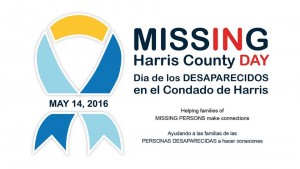
From there, we will be travelling to Houston to participate in the second annual “Missing in Harris County Day”. We will be helping to collect family DNA reference samples and taking missing persons information. Until now, our field work in Texas has revolved around unidentified border crossers.
What is amazing about this opportunity is that it is open to anyone in Harris County that is missing a loved one. Hopefully our efforts in Houston will help provide answers to families and loved ones.
For more information on Missing in Harris County Day, please click here.
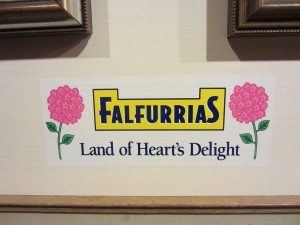
The last leg of our journey will take us back to Falfurrias to volunteer at the South Texas Human Rights Center. Over the last few years, we have cultivated an incredible relationship with the wonderful people of Brooks County and I look forward to seeing everyone again. We’re not exactly sure what we will be doing, but I know the STRC will put us to work. I guarantee it will be both physically and mentally exhausting. I have grown to consider myself a small part of the community, so I expect this segment of our trip to be the most challenging and also the most rewarding.
Since I ended my last post with a quote from William Shakespeare, it seemed only fitting to begin this journey with another.
“I see you stand like greyhounds in the slips,
Straining upon the start. The game’s afoot:
Henry V – William Shakespere
